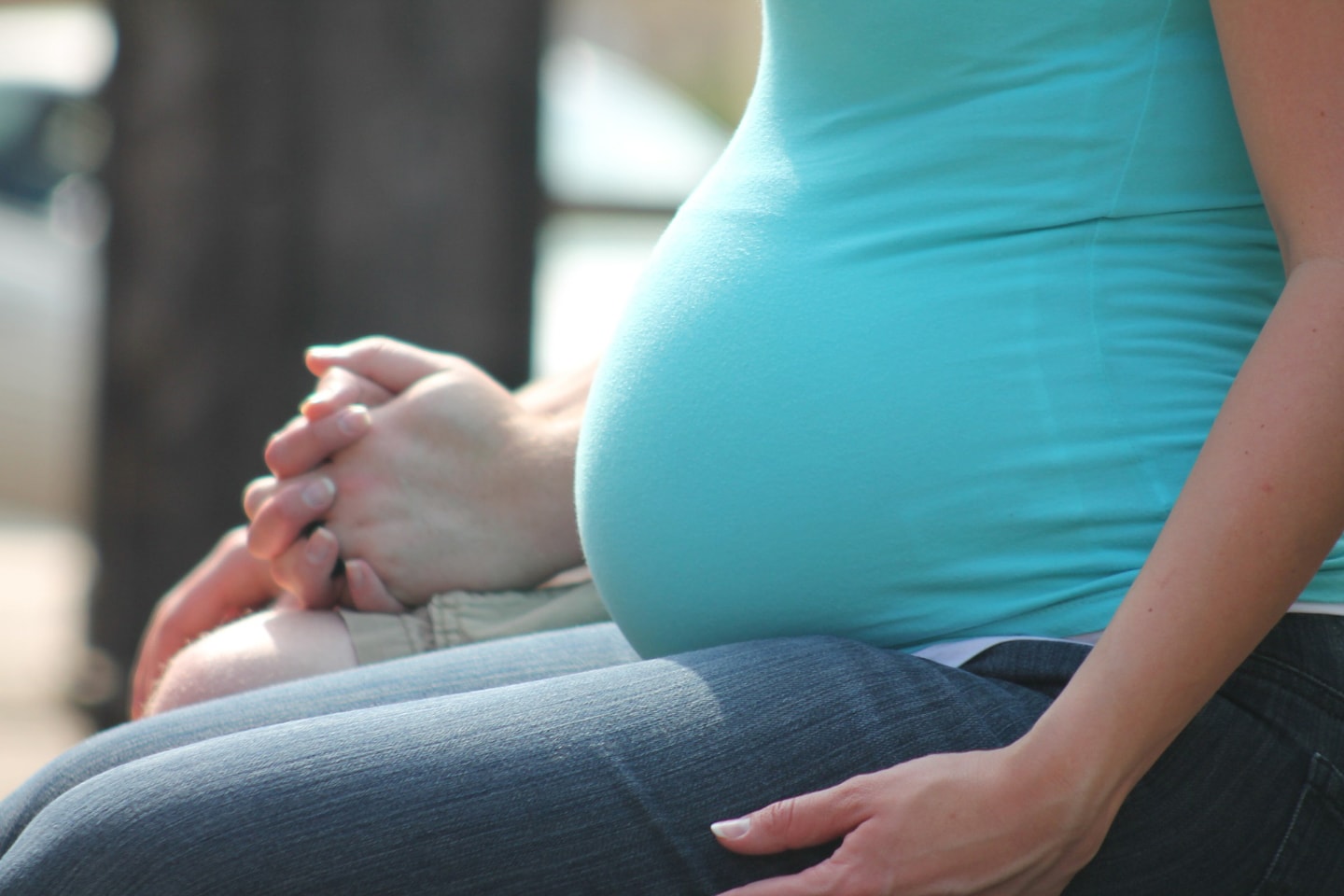
Addressing stress during pregnancy can prevent many complications. This article briefly outlines what is stress, stress symptoms and treatment and if the stress can harm unborn babies.
Before we discuss the impact of the stress during pregnancy, it would be useful to understand some basic aspects of stress.
What is stress?
The stress is the body’s ‘fight or flight’ response with regards to a threat, challenge or pressure. Any such threat, challenge or pressure, which causes a stress response is called a ‘stimulus’ or a ‘stressor’.
The stimulus/ stressor is of two types:
External (stimulus present outside the human body): such as environmental temperature or external hazard.
Internal (stimulus present inside the human body): such as fearful thoughts, pain.
The stimulus could also be a real or imaginary/ anticipatory one.
The aim of this stress (or ‘fight or flight’) response is to prepare the body to deal with the stressor effectively. This involves a number of changes in different organs of the body so that the person can either fight with or move away from the stressor.
1) Myth: Certain distressing symptoms are stress:
For many of us, the stress means overwhelming, uncomfortable and distressing mental (such as feelings of worry, tension, nervousness, inability to relax and the fear/ anticipation of potential harm, inability to think properly) and physical (such as palpitation, sweating and shaking) symptoms.
Fact: These mental and physical symptoms are the result of the stress response of the body (‘Allostasis’), rather than the stress itself.
2) Myth: Stress and anxiety are the same:
Fact: The two words, stress and anxiety, are often used interchangeably. However, in scientific terms, these two are two distinct entities:
Stress is the body’s response to a stressor.
Anxiety is a group of symptoms in absence of any stimulus/ stressor. Anxiety (often called ‘anxiety disorders’) is a mental health condition.
Chronic/ persistent stress can lead to anxiety disorders. Stress and anxiety can co-exist.
3) Myth: Stress is always bad
Fact: The stress response is a vital life-saving survival strategy when someone is faced with a danger. However, the same response is activated in anticipatory/ imaginary threats or fear or in unpleasant life experiences, too.
In other words, the stress response is activated is any situation (including real dangers) where the brain perceives that the body would be unable to cope safely.
In absence of a real danger, the symptoms resulting from a stress response become very uncomfortable.
On the other hand, chronic stress could be harmful and can lead to some health disorders.
However, the word ‘stress’ is usually used to describe (and discussed in the context of) unpleasant/ distressing symptoms and health risks.
4) Myth: Certain experience/ life events are stress
Fact: Often the stressors/ stimuli leading to the stress response are referred to as stress. It is important to remember that stress is the body’s response and not the factors (stressors) which activate this mechanism.
What are ‘Homoeostasis’ and ‘Allostasis’?
In absence of a stressor, the body maintains it’s normal functions through a process called ‘Homoeostasis’.
Therefore, the homoeostasis is defined as the body’s mechanism of maintaining the internal environment within safe limits, especially in absence of stressors.
The body’s mechanism responsible to handle a stressor is called ‘Allostasis’. This is the body’s ability to adapt to the challenges (both external and internal).
